Taking advantage of natural features, open space, wide, far from residential areas, Mr. Nguyen Huu Hai in Phu Hung village, Phu Rieng commune, Phu Rieng district ( Binh Phuoc province) has developed a bat farming model for manure.
Two years ago, Mr. Nguyen Huu Hai in Phu Hung village, Phu Rieng commune, Phu Rieng district (Binh Phuoc province) invested 120 million VND to build two bat cages, each about 25 square meters wide. He chose the area to build the bat cages right in his family's durian garden.
Inside the bat cage, he arranged palm leaves, bats smell the leaves and fly there to nest and reproduce. To attract bats, palm leaves must be clean, cleaned regularly and can be used for 3 years, so the cost is not significant.
Bats are wild animals, they like to live freely, they are very sensitive to the scent of strangers and potentially harmful animals and insects, if disturbed they will leave.
Therefore, bat breeders must know how to attract bats and protect them, and must not catch them in the cage.
“To facilitate the bats' long-term residence and avoid harm, I made two cages, each 30 meters apart.
If there are natural enemies destroying this bat cage, the bats will fly to the next cage, and when the natural enemies are gone, the bats will fly back. Doing so will not lose the bat colony, ensuring the number of bats and bat droppings" - Mr. Hai said.
Mr. Hai chose to raise bats, each weighing about a few dozen grams. Bats are active at night, and in the morning they look for a quiet place to sleep.
The bats start feeding around 6pm, when the weather is clear. If it rains, the bats stay in their cages and fly out to feed when the rain stops.
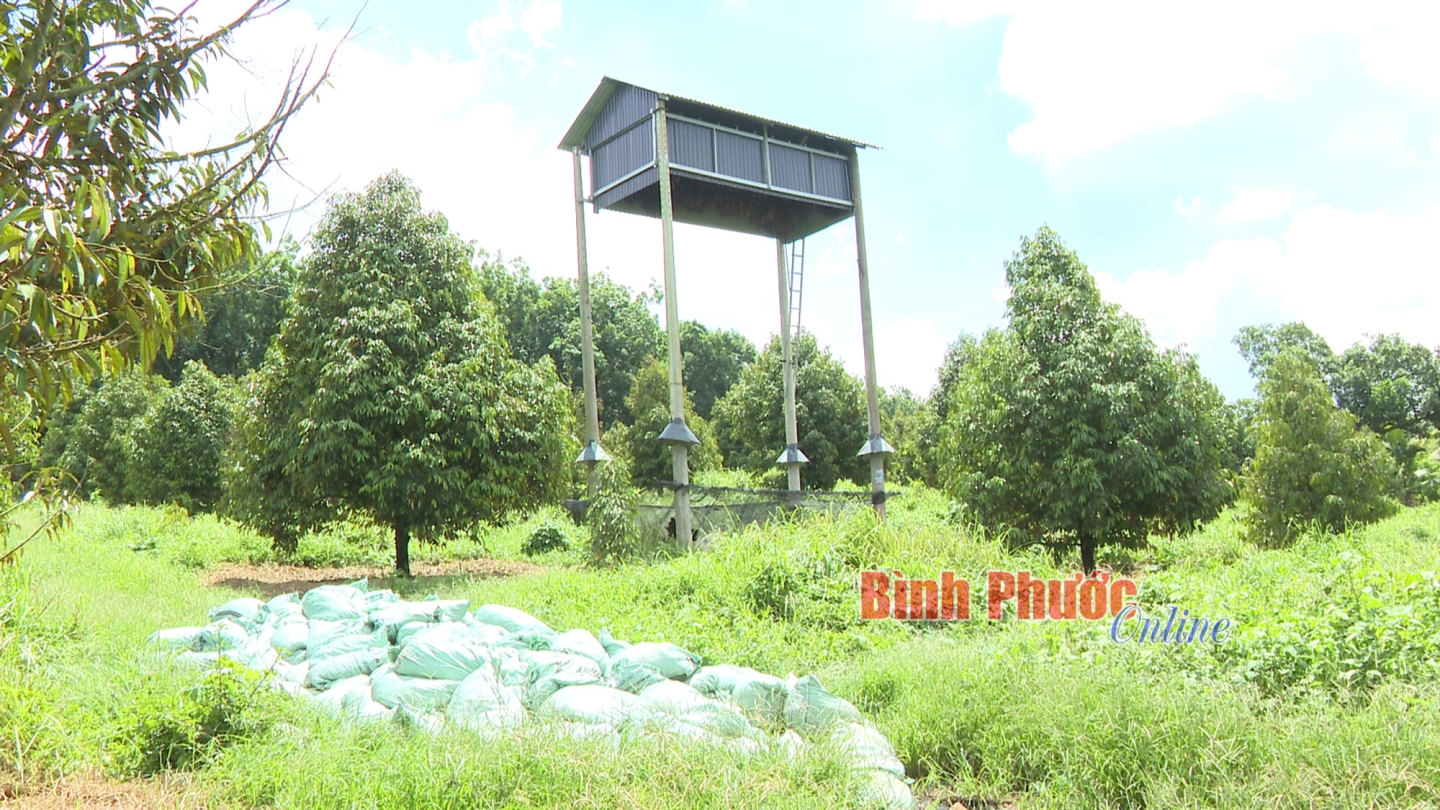
The bat cage is simple to build and takes up little space, but each month brings Hai's family an income of 3-4 million VND from bat droppings. According to Hai, bats are wild animals that like to live freely and are very sensitive to the scent of strangers and other potentially harmful animals and insects...
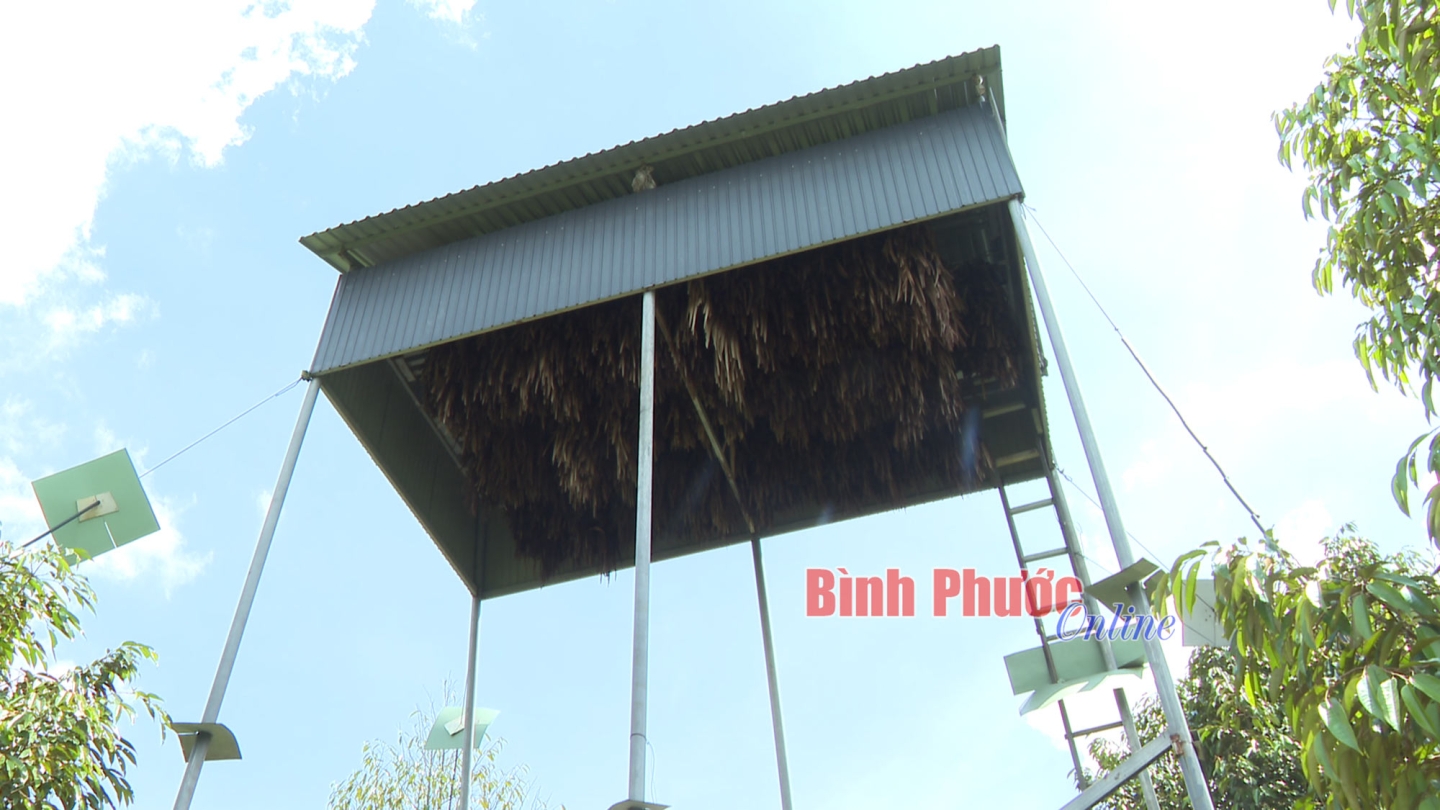
The substrate for the bats to take shelter is palm leaves hung above the bat cage. The bat species Mr. Hai chose to raise is the mosquito bat, which specializes in eating mosquitoes and other insects.
Before going to eat, the leader bat flies ahead in a scouting circle, then each group flies out behind.
If there is little prey in the habitat, bats will go hunting very far, sometimes more than 10km and will not return until about 5am the next morning. During this time, bats excrete the previous day's food into feces.
According to Mr. Hai, bats are wild animals, their main food is mosquitoes and other insects, so there will be no food costs during the raising process.
In addition, bat guano contains many chemical components such as urea, uric acid, vitamin A, potassium, etc., so the nutritional content in bat guano is very high, suitable for many types of plants, does not harm the soil and helps plants achieve high yields.
Currently, each bat cage of Mr. Hai's family produces an average of 5kg of dry manure per day, with a selling price of 50,000 VND/kg for an income of 7.5 million VND/month.
Not only selling nutritious, multi-micronutrient bat manure to the market, Mr. Hai also uses type 2 bat manure to fertilize plants in his garden.
“These two bat cages help my family ensure manure for taking care of 5 hectares of durian plantation. Bat farming is not difficult, if farmers have gardens, they can boldly build bat cages. The authorities should also encourage farmers to develop and replicate the model of raising this animal if conditions are suitable,” Mr. Hai added.
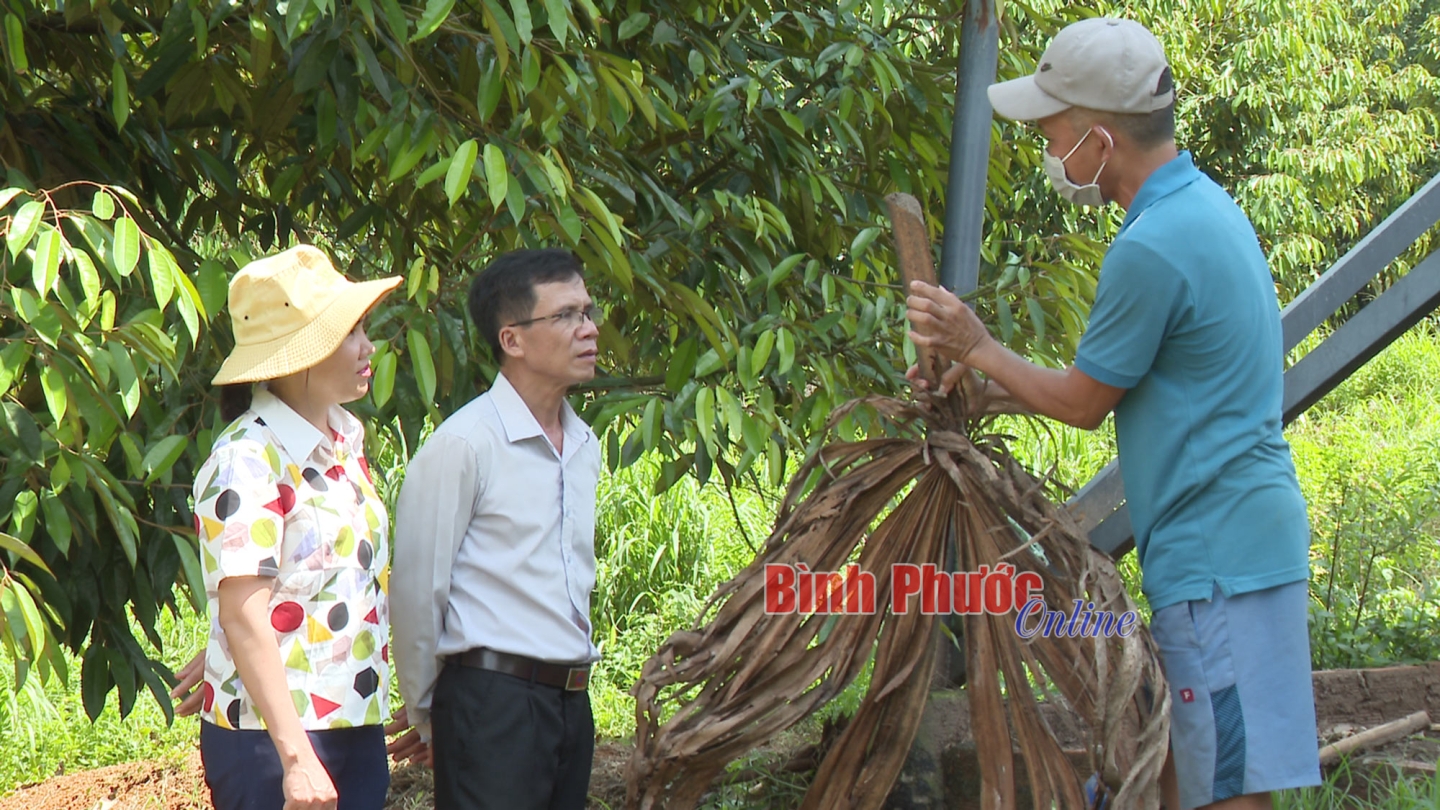
Mr. Nguyen Huu Hai shared his experience in raising bats with the staff of the Farmers' Association of Phu Rieng Commune, Phu Rieng District, Binh Phuoc Province. According to Mr. Hai, bats are wild animals, they specialize in eating mosquitoes and some harmful insects, so they are rich in nutrients, with many chemical components such as urea, uric acid, vitamin A, potassium, etc.
Visiting the bat farming model of Mr. Hai's household, Mr. Nguyen Hoang Hanh, Chairman of the Veterans Association of Phu Rieng Commune (Phu Rieng District, Binh Phuoc Province) said: "The bat farming model is very effective, both taking advantage of bat droppings to fertilize the garden and using bats to catch insects and pollinate durian. I will share this model with veteran members in the commune to learn."
“Raising bats for their droppings is a new model in the locality, it does not require much effort, cost and land area. However, to replicate the model, people need to carefully understand the habits and habits to attract more bats.
In addition, it is necessary to have reasonable measures to take care of bats to bring high economic efficiency to the family" - Ms. Le Thi Thanh, Chairwoman of the Farmers' Association of Phu Rieng Commune (Phu Rieng District, Binh Phuoc Province) recommended.
Source: https://danviet.vn/con-doi-loai-thu-biet-bay-la-dong-vat-hoang-da-nuoi-thanh-cong-lay-phan-ban-gia-tot-o-binh-phuoc-20250119185923012.htm





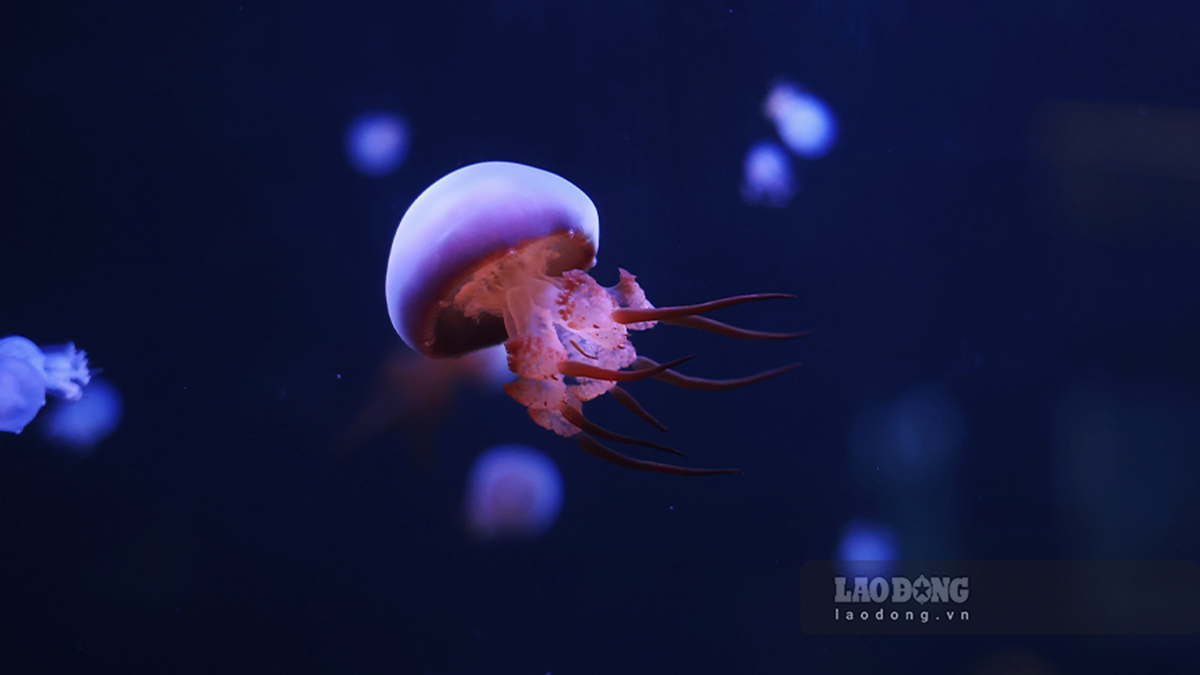
![[Photo] Opening of the 14th Conference of the 13th Party Central Committee](https://vphoto.vietnam.vn/thumb/1200x675/vietnam/resource/IMAGE/2025/11/05/1762310995216_a5-bnd-5742-5255-jpg.webp)





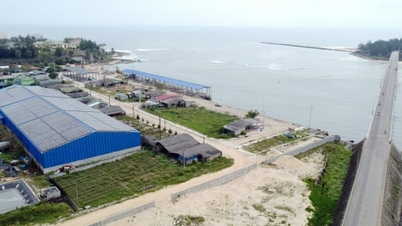

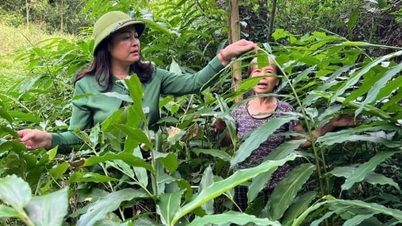





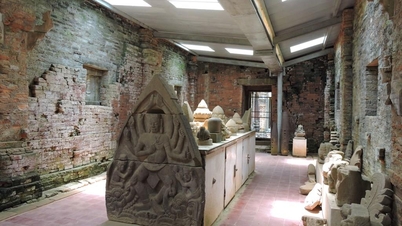
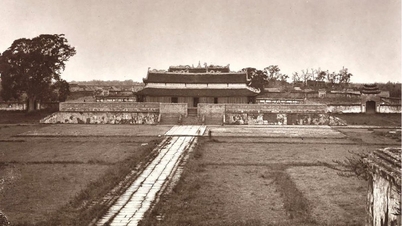
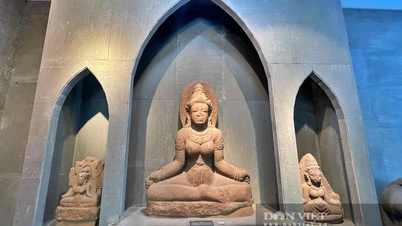


![[Photo] Panorama of the Patriotic Emulation Congress of Nhan Dan Newspaper for the period 2025-2030](https://vphoto.vietnam.vn/thumb/1200x675/vietnam/resource/IMAGE/2025/11/04/1762252775462_ndo_br_dhthiduayeuncbaond-6125-jpg.webp)

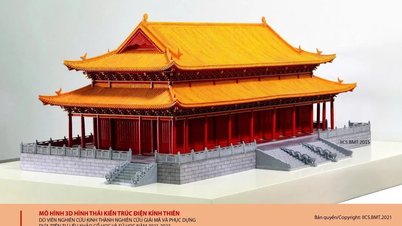





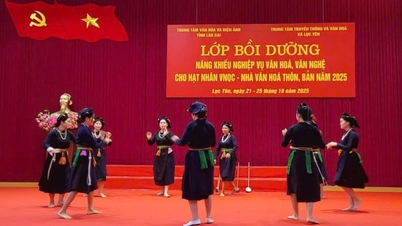


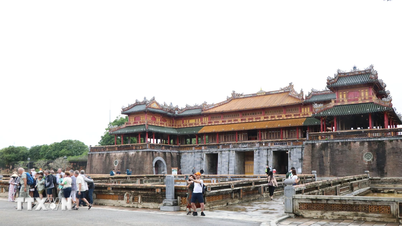

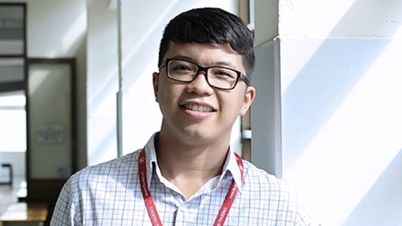



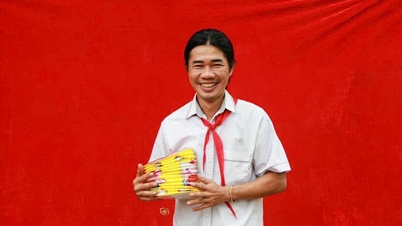

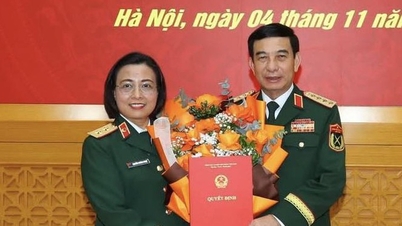

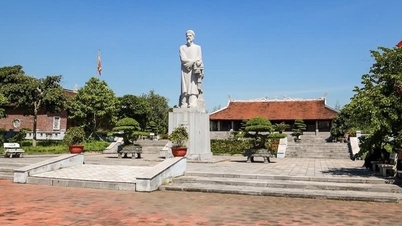


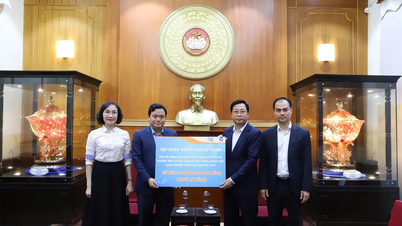


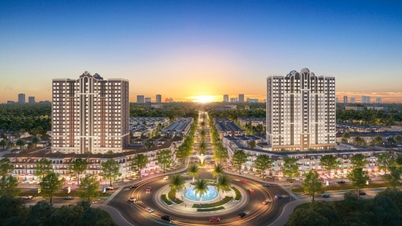
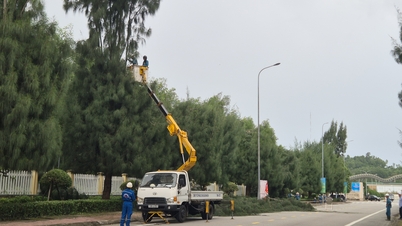
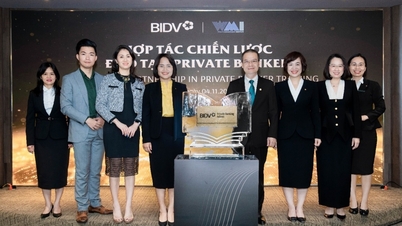




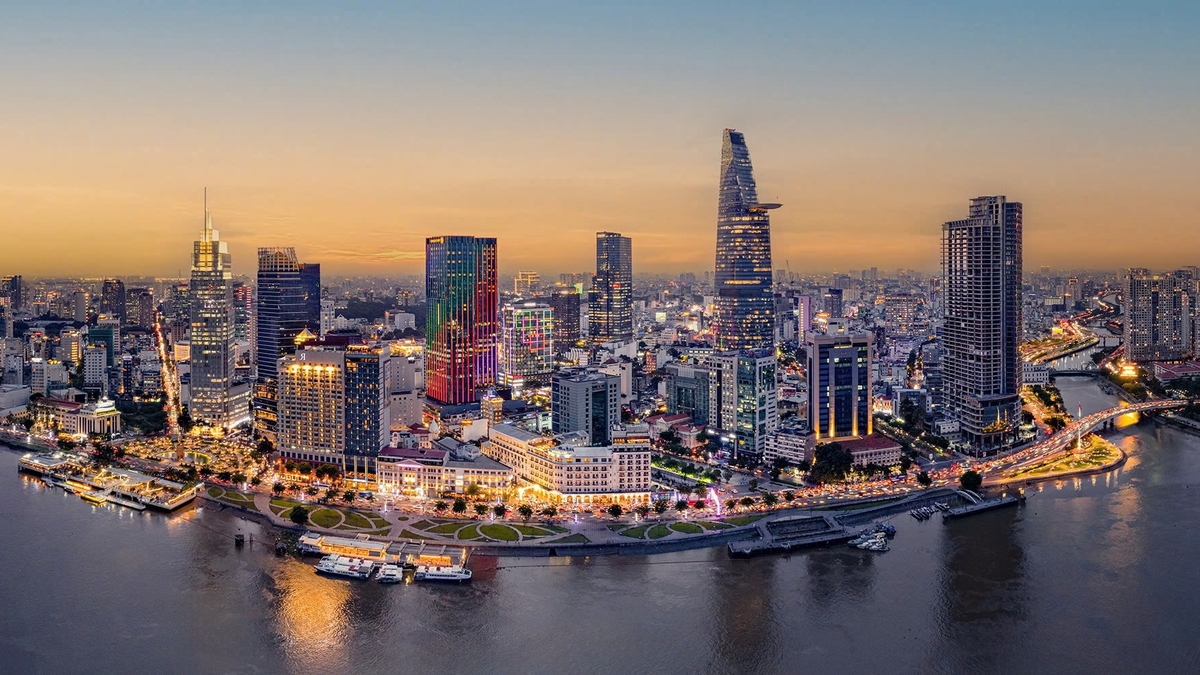






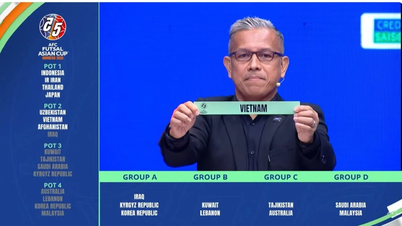



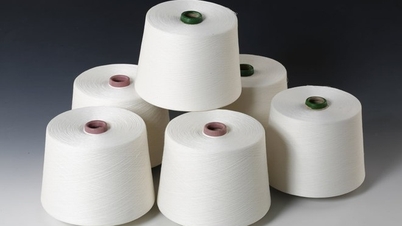



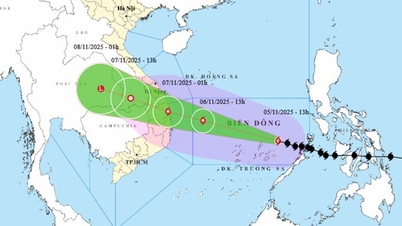




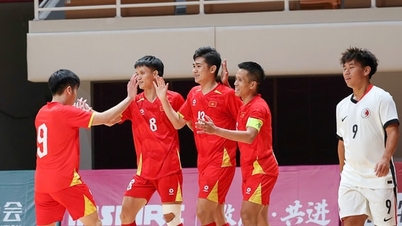

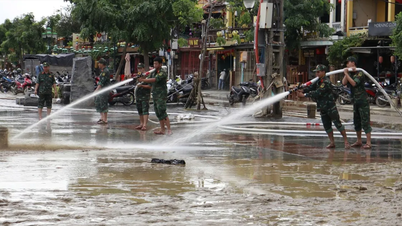
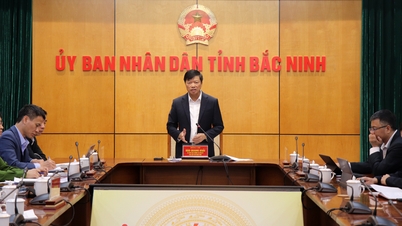





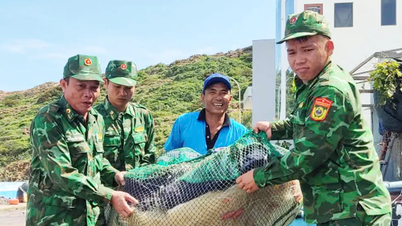
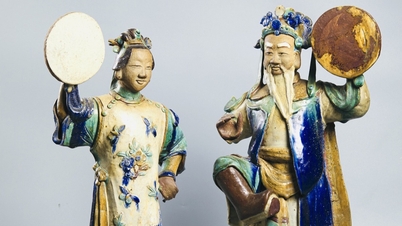



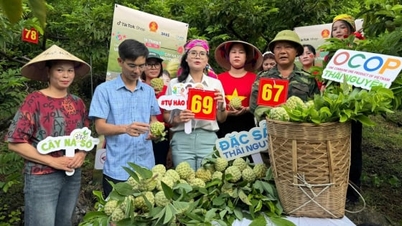









Comment (0)